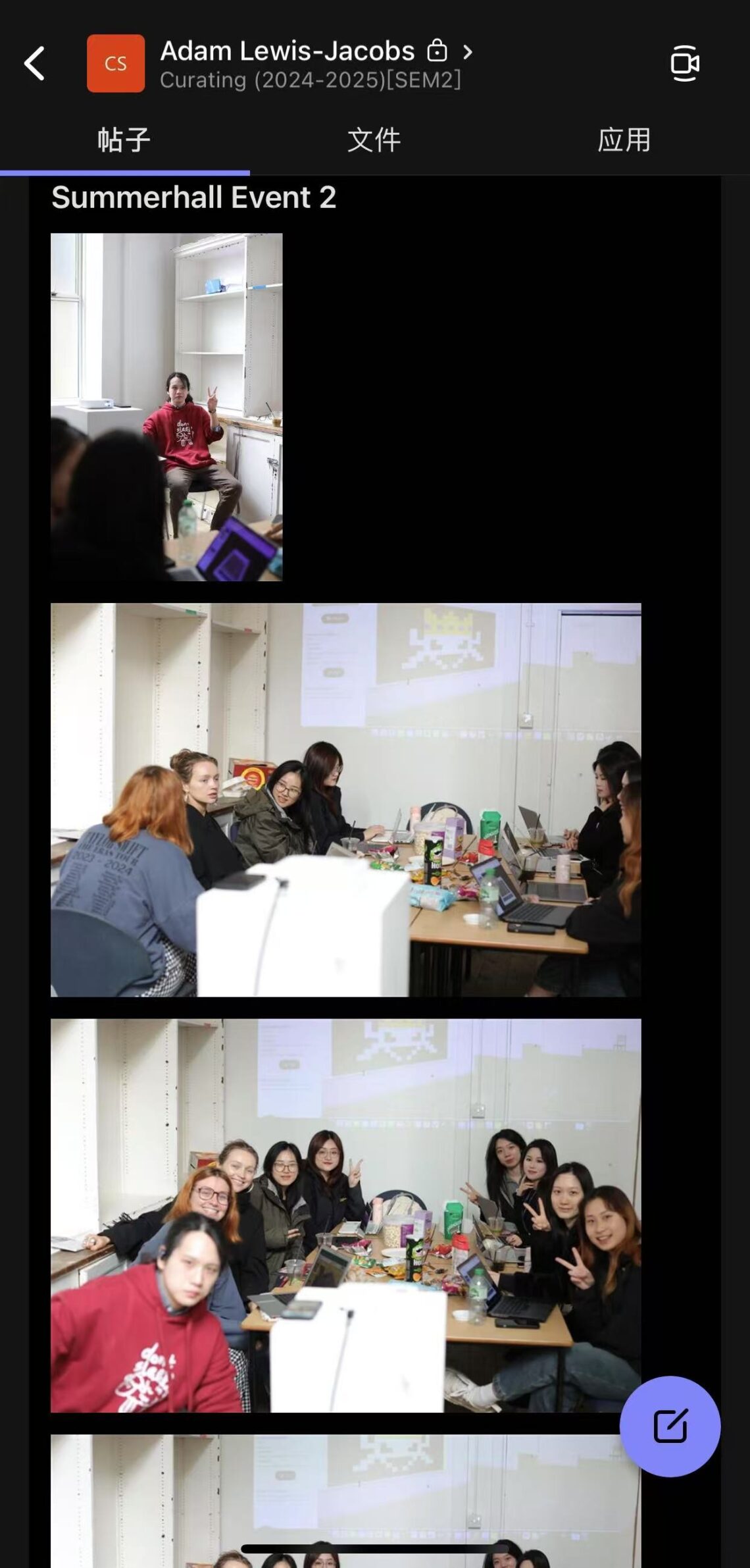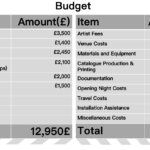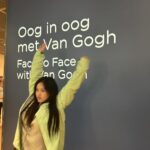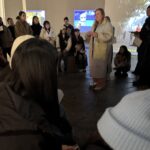Virtual Exhibitions and Digital Models: Navigating Intimacy, Power, and Budget in a Digital Space
In our second session, Beichen introduced us to ArtStep, a platform that allows curators to create virtual exhibition spaces. This tool enables an immersive experience, allowing viewers to explore art in digital environments, bypassing the constraints of physical space. As we experimented with ArtStep, I began to think about how such platforms allow us to explore themes of intimacy, identity, and power within digital spaces.
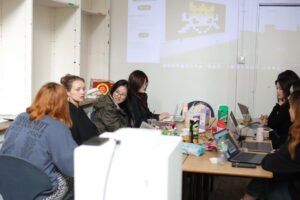
Virtual Exhibitions: Rethinking Intimacy and Power
Digital spaces challenge the traditional dynamics of power and intimacy in curatorial practices. In the context of my curatorial project, The Interwoven Narrative of Time-Based Media and Intimate Power Dynamics, ArtStep allows me to control the virtual space, guiding how the audience interacts with the artworks. This power dynamic mirrors the themes in Jamie Crewe’s False Wife (2022) and Margaret Salmon’s Hole (2018), where identity and power are fluid and constantly shifting. The virtual experience offers autonomy, yet the curator retains control over how the narrative unfolds.
Michel Foucault’s theories on power and surveillance can be seen in this dynamic—viewers move freely in the space, but their movement and interactions are shaped by the curator’s choices. Virtual exhibitions offer a negotiation of intimacy between the curator’s intent and the viewer’s autonomy.
Budgeting and Sponsorships: Managing Practical Realities
During my tutorial with Adam, he emphasized the importance of considering the exhibition’s budget, which must fall within the range of £2K to £10K. This budget is critical for covering the costs of the physical venue, artist fees, promotional materials, and any technical requirements, such as equipment for video projections or audio installations. Adam also stressed the necessity of securing funding or sponsorships to meet these financial needs, ensuring the exhibition remains sustainable and accessible to a diverse audience.
Promoting the Exhibition: Engaging the Audience in Person
Since the exhibition will take place in a music lounge, my promotional strategy will focus on creating an immersive, in-person experience. The space will be tailored to engage visitors directly with the art and the themes of intimacy and power. Here’s how I plan to reach and engage the audience:
Venue-Based Promotion: I will work closely with the lounge’s management to display flyers, posters, and digital screens in high-traffic areas to attract the venue’s regular patrons. I’ll also encourage word-of-mouth promotion through the lounge’s social media channels.
Collaborations with Local Communities: Partnering with local art communities, music events, and cultural organizations will help promote the exhibition to a broader audience. By collaborating with people already familiar with the lounge’s atmosphere, I can draw in those who appreciate the fusion of art and live music.
Interactive Experiences at the Venue: In addition to traditional promotional materials, I’ll encourage visitor participation by creating interactive elements that invite attendees to engage with the exhibition. This could include live performances, discussions, or artist talks to create a lasting connection with the audience.
By utilizing these strategies, I aim to ensure that the exhibition resonates with the lounge’s diverse visitors and creates a lasting experience that bridges art, intimacy, and music.
References:
Ahmed, S. (2010). The Promise of Happiness. Duke University Press.
Bolter, D. J. (2001). Writing Space: The Computer, Hypertext, and the History of Writing. Lawrence Erlbaum Associates.
Foucault, M. (1977). Discipline and Punish: The Birth of the Prison. Pantheon Books.
Lykke, N. (2017). Digital Memory: Mediating Intimacy and Power. Routledge.
